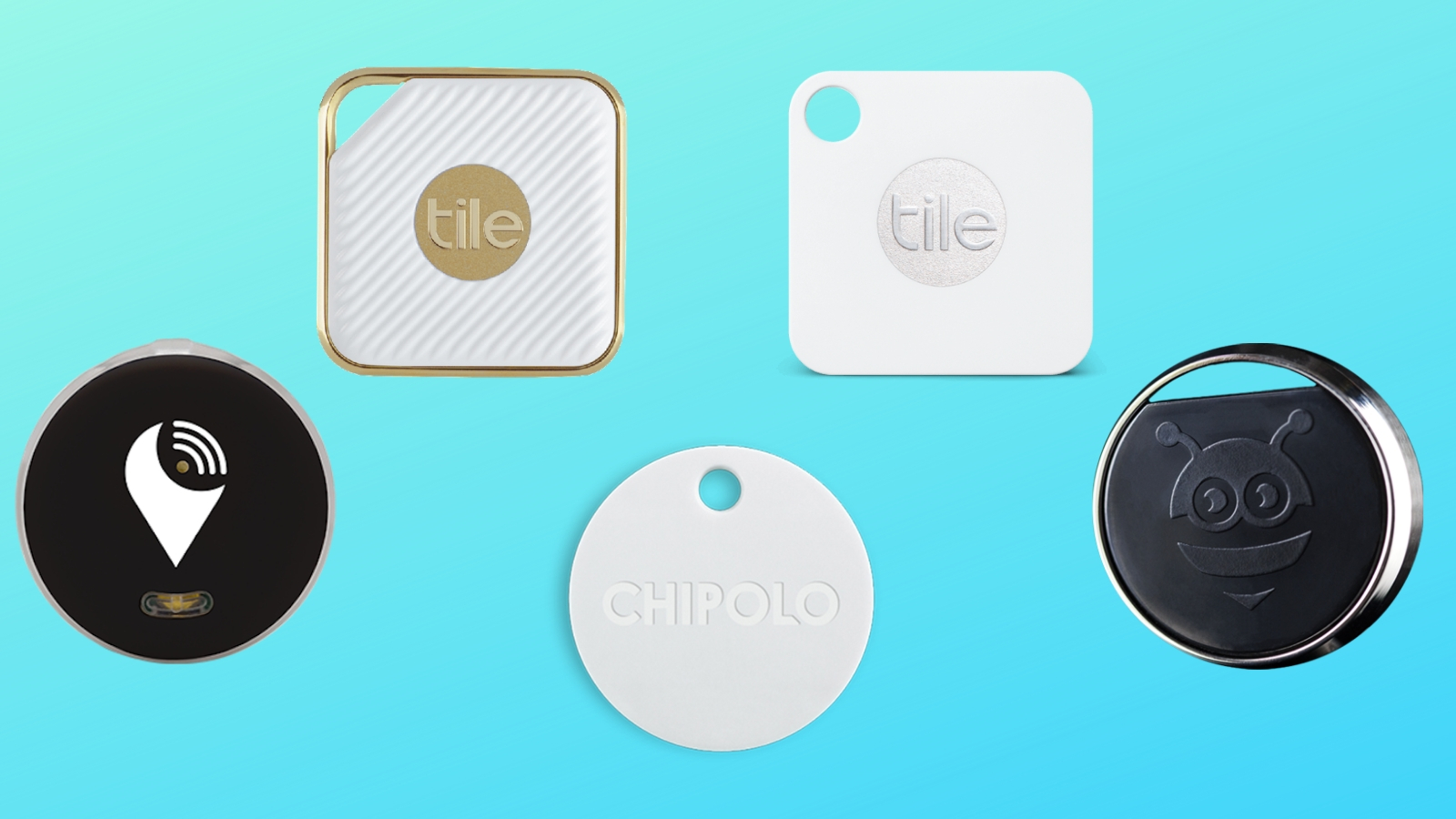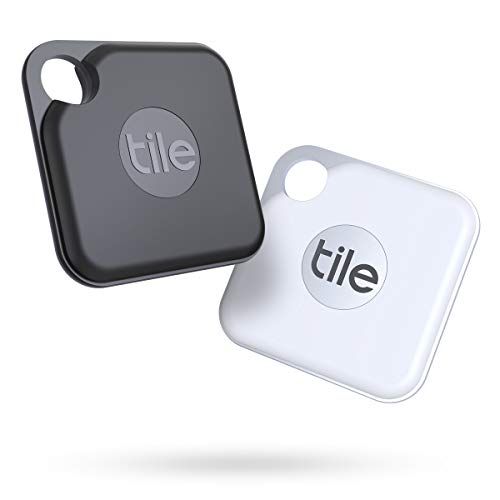

There is also the problem that arises when the transmitter - which is about as small and easy to lose as the key finder - itself becomes lost. However, if you’re not interested in those features, this isn’t really a problem.
#Best key finder best buy Bluetooth#
First of course is the lack of functionality when compared to the apps that come with all three Bluetooth key finders. There are a few downsides to this technology that were quickly apparent during our testing. Radio key finders are also very simple and straightforward to use - essentially just “click and ring”. The most notable advantage of radio frequency key finders is the fact that they aren’t dependent on a smartphone, an app, Internet connectivity, or any other third-party element to function. The transmitter has one or more buttons on it which, when pressed, emit a radio signal that activates the key finder. Instead of communicating via Bluetooth, key finders come with an associated transmitter. Radio frequency key finder: Radio frequency key finders use older and simpler technology to get the job done. That means you won’t be able to use your key finder if you don’t also have your phone on you (or if the battery is dead). The downside, of course, is that you’re dependent on having a smartphone on you to find your keys. In other words, the smartphone can be used to find the key finder, and the key finder can also be used to find your smartphone. Bluetooth is advantageous because the connection between the key finder and smartphone is reciprocal. These included the Tile, VSF, and XY3 key finders. While there are certainly benefits and reasons to choose the other options, in general we strongly recommend you start your search with one of the Bluetooth key finders and only move to radio or audible key finders if there is a specific reason for doing so.īluetooth key finder: All of the key finders we tested with accompanying smartphone apps used Bluetooth technology to operate. While there are disadvantages and advantages to each, we think the Bluetooth key finders offer the best solution overall. Among our six finalists, there were three technologies being utilized: Bluetooth/RFID, radio frequencies, and audible receivers. There are a few different ways that key finders do what they do. We think that choosing a key finder technology is critical to ultimately making the right purchasing decision. This means that you probably already have a pretty good sense of what you want your key finder to do, based on the types of situations you’ll most likely be needing it. Most people don’t think about buying a key finder unless they’ve have one too many panicked occurrences of their keys getting lost. We used that data, along with our own analysis of what features a key finder should have, to come up with our list of six finalists.

We also looked at Amazon reviews, as well as general roundup articles on key finders. While this product didn’t have a particularly modern website, and doesn’t have an accompanying app (it can’t since it’s sound-based), there were enough positive mentions for us to give it a try. We wanted to test it for ourselves to see who was right.įinally, we saw a few very passionate advocates for the KeyRingerXL. However, it’s worth noting that there was also a significant number of negative reviews for this particular product.

We also found several positive reviews of the XY3 key finder. Tile revolutionized the key finder market when they released their first RFID hardware in 2014, and have sold more than four million units in just a couple of years. The most obvious brand is, of course, Tile.

We’ve all lost keys more times than we’d like to admit, so we wanted to find a solution for ourselves as much as for our readers! The first step in this process was to figure out which brands were the most well-regarded.


 0 kommentar(er)
0 kommentar(er)
